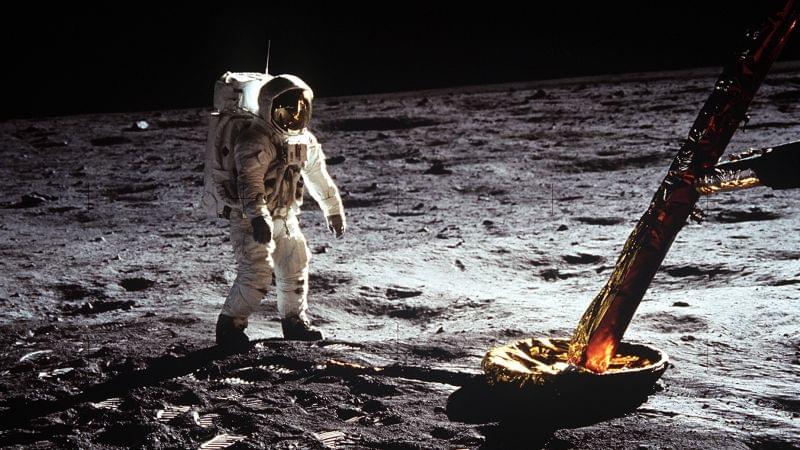For thousands of years, the moon inspired humans from afar, but the bright beacon in Earth’s night sky — located more than 200,000 miles (321,868 kilometers) away — remained out of reach. That all changed on September 13, 1959, when the former Soviet Union’s uncrewed spacecraft, Luna 2, landed on the moon’s surface.
The Luna 2 probe created a crater when it touched down on the moon between the lunar regions of Mare Imbrium and Mare Serenitatis, according to NASA.
That pivotal, lunar dust-stirring moment signaled the beginning of humanity’s endeavors to explore the moon, and some scientists now suggest it was also the start of a new geological epoch — or period of time in history — called the “Lunar Anthropocene,” according to a comment paper published in the journal Nature Geoscience on December 8.
